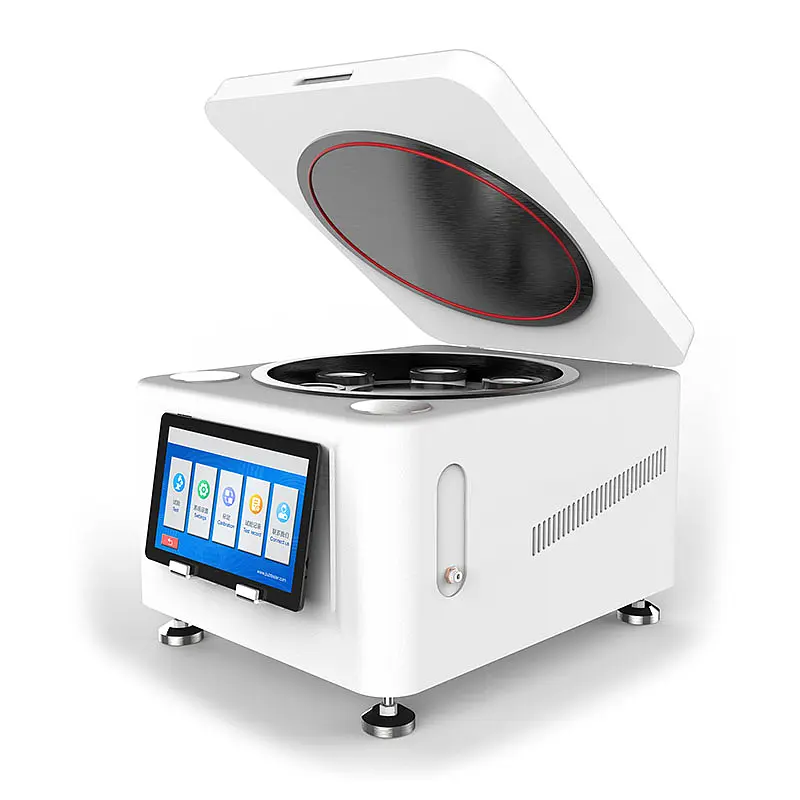Guide To Gas Permeability Tester
A gas permeability tester is a device used to measure the rate at which a gas passes through a material. This information can be used to determine the material's permeability, which is a measure of its ability to allow gases to pass through. Gas permeability testers are used in a variety of industries, including the automotive, aerospace, and packaging industries.
In blog post, we will discuss the different types of gas permeability testers, how they work, and the factors that affect gas permeability.

Types of Gas Permeability Testers
There are two main types of gas permeability testers:
- Steady-state gas permeability testers by gas permeability tester supplier, measure the rate at which a gas passes through a material at a constant pressure.
- Transient gas permeability testers measure the rate at which a gas passes through a material as the pressure changes.
Steady-state gas permeability testers are typically used for materials that have a low permeability, such as metals and plastics. Transient gas permeability testers are typically used for materials that have a high permeability, such as fabrics and paper.
How Gas Permeability Testers Work
Gas permeability testers work by measuring the rate at which a gas passes through a material. The material is placed in a test chamber, and a gas is introduced into the chamber. The pressure of the gas is then increased, and the rate at which the gas passes through the material is measured.
The permeability of the material is then calculated using the following formula:
P = Q / (A * ΔP * t)
Where:
P is the permeability of the material (in cm^3/s/cm^2/atm)
Q is the rate at which the gas passes through the material (in cm^3/s)
A is the area of the material (in cm^2)
ΔP is the pressure difference across the material (in atm)
t is the time (in s)
Factors That Affect Gas Permeability
The permeability of a material is affected by a number of factors, including:
- The thickness of the material: The thicker the material, the lower the permeability.
- The density of the material: The denser the material, the lower the permeability.
- The porosity of the material: The more porous the material, the higher the permeability.
- The temperature of the material: The higher the temperature, the higher the permeability.
- The pressure of the gas: The higher the pressure, the higher the permeability.